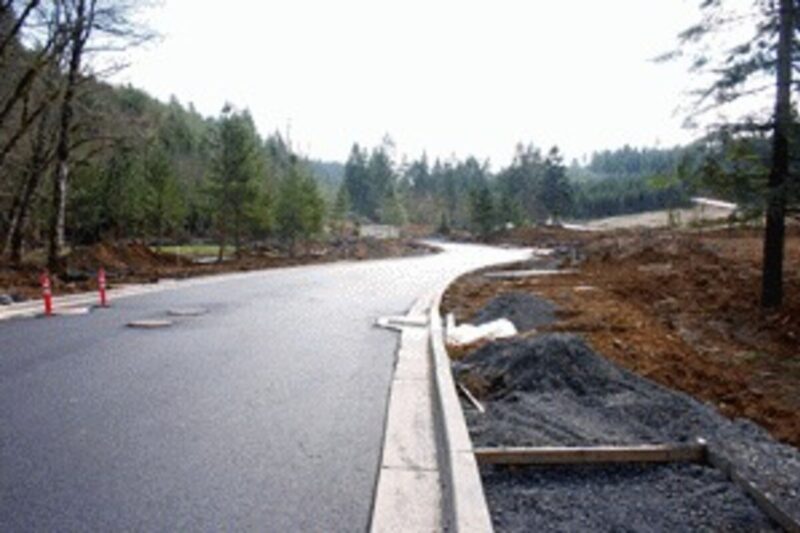Sean C. Morgan
Of The New Era
When she saw the numbers for new developments in Sweet Home, they seemed so crazy that Community Development Director Carol Lewis had to run them again before she passed them on to the City Council.
Lewis is reporting $122.73 million in building permit values for 2006. That’s up from $9.73 million in 2005 and $6.99 million in 2004.
The new Sweet Home High School building drove that number up to $14.83 million in 2002.
Back to 1993, the value of construction based on building permits in Sweet Home ranged anywhere from $2.6 million to about $10 million per year.
“That is an amazing number,” Lewis said. Disbelieving the total, she said, “I went back and checked it.”
That number is tied to huge numbers in lot creation beginning in late 2004. Since 1995, Sweet Home has had between 17 and 39 lots created per year. The lone exception came in 1999 when 121 lots were created, but that pales in comparison to what started toward the end of 2004, when 108 lots were created.
That spree continued in 2005 with 536 lots created and last year with 590 lots created as several large developments took shape.
The building permits are largely connected to the lots created in 2004 and 2005, Lewis said. She would expect building permit values to remain high as more of the lots are developed.
Almost all of the growth has been residential. The city had 95 housing starts in 2006, up from 70 in 2005 and 61 in 2004. In 2003, the city had 29 with another peak of 54 in 2000 and 72 in 1998.
The big difference is the type of home being built, Lewis said. Last year, the city had only seven manufactured homes added while the housing starts of 1998 included 44 manufactured homes.
The site-built homes tend to give larger building permit values, she said. The 2006 numbers represent a variety of value levels among the homes built.
Sweet Home’s population increased from an estimated 8,500 in 2005 to 8,790 last year, based on a Portland State University study. That’s a 3.41 percent growth rate.
Sweet Home won’t see the population growth for lots created in 2006 until this year at the earliest and more likely 2008, Lewis said. This year, the community will see more of the lots from 2005 developed.
It also takes time for those new lots and buildings to be translated into the city’s tax rolls, Lewis said.
The lot-creation trend appears to be slowing down, she said. This year, her office is dealing with smaller subdivision requests, in the 10-lot range. That’s typical of lot-creation spurts in the past. Lot creation slows down until those lots are actually developed.
The growth portends changes for Sweet Home, she said. New residents will likely start changing the culture. They’ll affect the city politically. They will affect how the community enforces codes and develops, and more people will also cause changes in the commercial sector.
Their arrival will likely affect school facilities too, though School District 55 officials are currently perplexed by a declining enrollment in the face of a growing population.
Lewis said her office doesn’t have hard, factual information about where Sweet Home’s new residents are coming from, and she is looking forward to seeing the 2010 census data to find out who the newcomers are.
In any case, Sweet Home has got to be prepared for them, she said.





